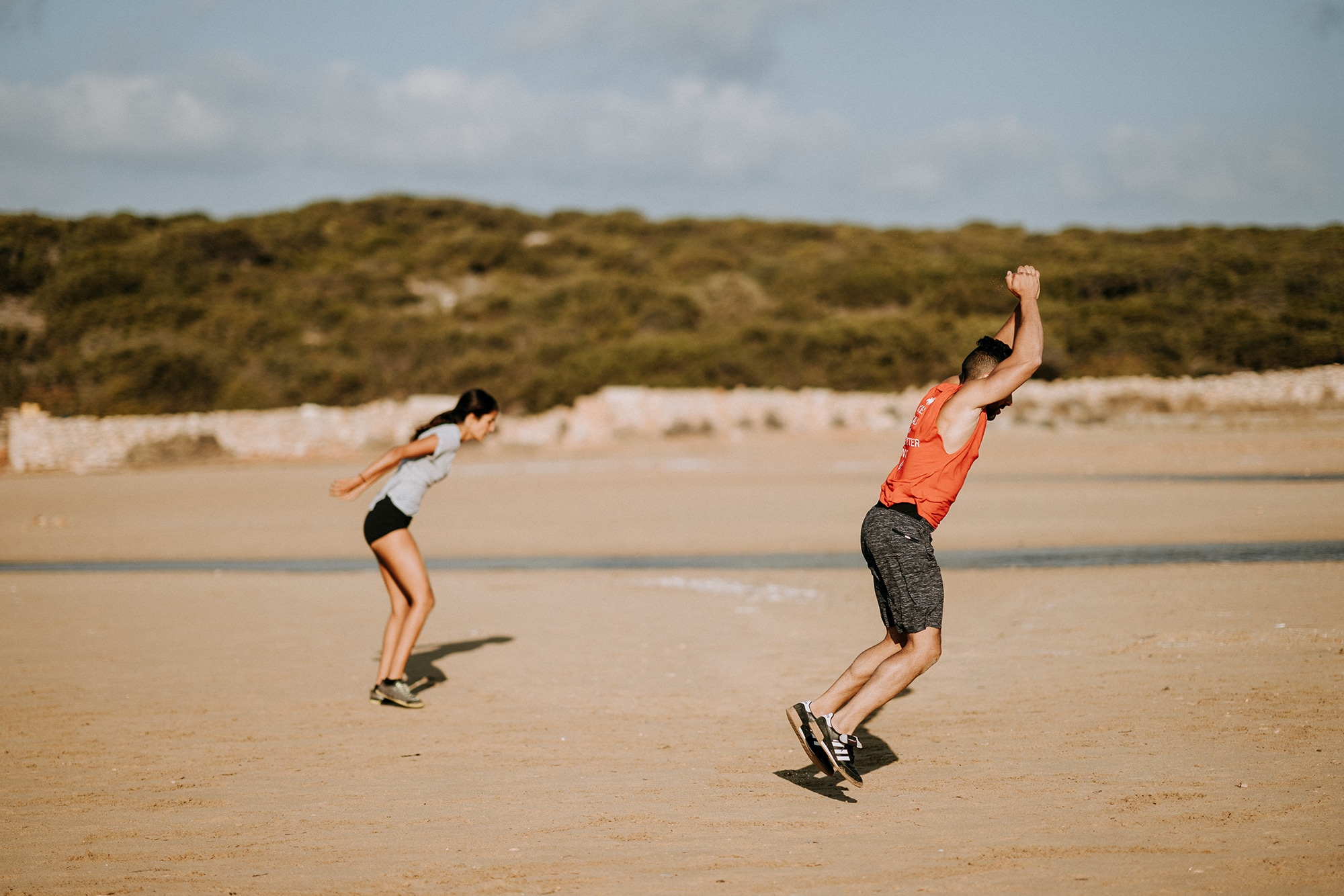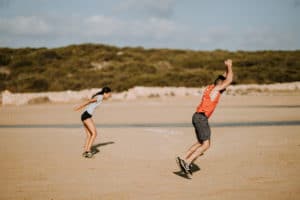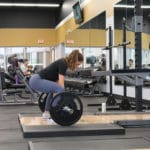
Strength Training of the Posterior Chain
 The posterior chain has your back, literally. This string of muscles encompasses all the muscular components from the back of your head, all the way down to your ankles. They play a huge role in simple activities, such as picking up a box, running, jumping or walking. If trained properly the posterior chain can transform your life whether you are on your feet all day or behind a desk. Many exercise regimens focus on the anterior side of the body, such as boxing, yoga and running. So it is important to incorporate strength training of the posterior chain into your workout, and we can help you achieve this. Why is this important? Exercises increasing power of the calves, hamstrings, glutes, back muscles and spinal erectors will correlate to increase strength, force, stability and overall performance. So what are you waiting for, let’s crack into some great exercises thanks to our exercise physiotherapy team! Continue reading about the posterior strength workout.
The posterior chain has your back, literally. This string of muscles encompasses all the muscular components from the back of your head, all the way down to your ankles. They play a huge role in simple activities, such as picking up a box, running, jumping or walking. If trained properly the posterior chain can transform your life whether you are on your feet all day or behind a desk. Many exercise regimens focus on the anterior side of the body, such as boxing, yoga and running. So it is important to incorporate strength training of the posterior chain into your workout, and we can help you achieve this. Why is this important? Exercises increasing power of the calves, hamstrings, glutes, back muscles and spinal erectors will correlate to increase strength, force, stability and overall performance. So what are you waiting for, let’s crack into some great exercises thanks to our exercise physiotherapy team! Continue reading about the posterior strength workout.
Weighted Squats
This awesome exercise is brilliant at enhancing the quadriceps and the posterior chain. This can be done using a body bar, dumbells or any available weight at home. If any weight is positioned on the shoulders, ensure it is not sitting directly on the spine, rather the shoulders. Keeping your upper body tall and core engaged, squat deeply and use your quadriceps and glutes to push up to the original standing position.
Lunges
This exercise activates the lower leg posterior muscles, glutes as well as promoting engagement and stabilisation of the core. Simply step forwards, bending the back knee downwards so it nearly touches the ground. Feel the pull of your hamstrings as you repeat this exercise, alternating each leg. Progress from bodyweight lunges to weighted lunges.
Plank Rows
Begin in the plank position with feet and hands shoulder width apart. This exercise is normally done with light dumbells situated in your hands but can be adapted to be completed without. Pull one hand up with the weight and pull your shoulder blade towards your spine. Alternate hands. This engages the core but, in particular, strengthens the back muscles to assist in improving your posture and core stability. This is just the tip of the iceberg when exploring posterior chain exercises. Improving your strength and functionality of the posterior chain will overall decrease your risk of injury in sports and training. For example, if you are struggling to maintain posture in deadlifts, overtime with incorporation of these exercises, your chain will become stronger and improve your posture.
Single Leg RDL’s
A favourite for the posterior chain at Pivotal Motion is the single leg RDL. If this exercise is slightly difficult use a wall to balance. The ability to counterbalance and maintain form will use hamstring, gluts and erector spinae to control stability.



